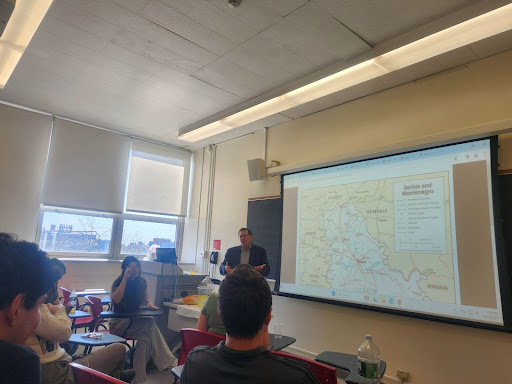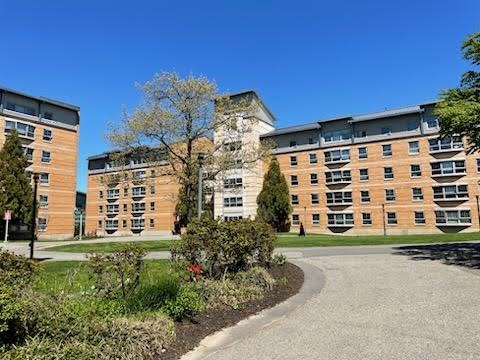Commuter week. They might as well schedule “Catholic week” in Rome.
Commuter week is designed as a time during the school year to appreciate St. John’s commuter students.
Apparently it is supposed to be something of a gift, a sort of “hey, we appreciate you too” message sent from the school to those poor folk who have to travel every day.
But who is “the school” besides these same poor folk, the ones who make up the vast majority of the student population?
When you consider that commuters make up the majority, then surely the school should be concentrating its efforts mostly on the greatest group of people. Certainly the school serves all students, but as the majority, commuters should expect to receive the most attention.
This is why commuter week is not so much a gift, but a joke. The events are good, and the people that run the program do a fine job, but the idea behind it is absurd; one week to concentrate the school’s efforts on its majority? Shouldn’t “commuter week”
be all the time?
Modern St. John’s has been a school that is very interested in increasing its reputation as a residence school. Many of the recent big projects have been in order to increase housing opportunities for out-of-town students. This is great.
It is very good to bring in students from all over the country (and even from outside the country) to increase even further the diversity we have on campus. And certainly, additional housing is needed as the demand continues to be high.
But building the school’s residence reputation should not mean shrugging your shoulders at commuters. A recent hot topic at St. John’s is students not feeling engaged. For residence students, engagement should be a given.
They live together, they can plan events together, and if there’s “no life” on campus, they have the facilities to change that on their own.
But commuters could use some assistance for engagement. Commuters probably will not come to campus on the weekend to attend events, or stick around for late-night events, when they have to catch a bus afterwards.
There is also not much of an environment for commuters to feel like a community. While the residents have Residence Village and all the facilities that come with it, commuters only have primarily classrooms and, perhaps, Marillac cafeteria.
Neither of these are ideal situations and neither have specifically commuters in mind. In fact, the only area of campus that commuters really share is the parking lot.
Hopefully the new University Center can solve some of these problems and give commuters a place where they can feel like a part of the community.
The commuter student base is the traditional (and still the majority) St. John’s student. As a group, they shape the school at least as much as the residents and thus, should be shown at least as much appreciation and attention – and not for just one week.















